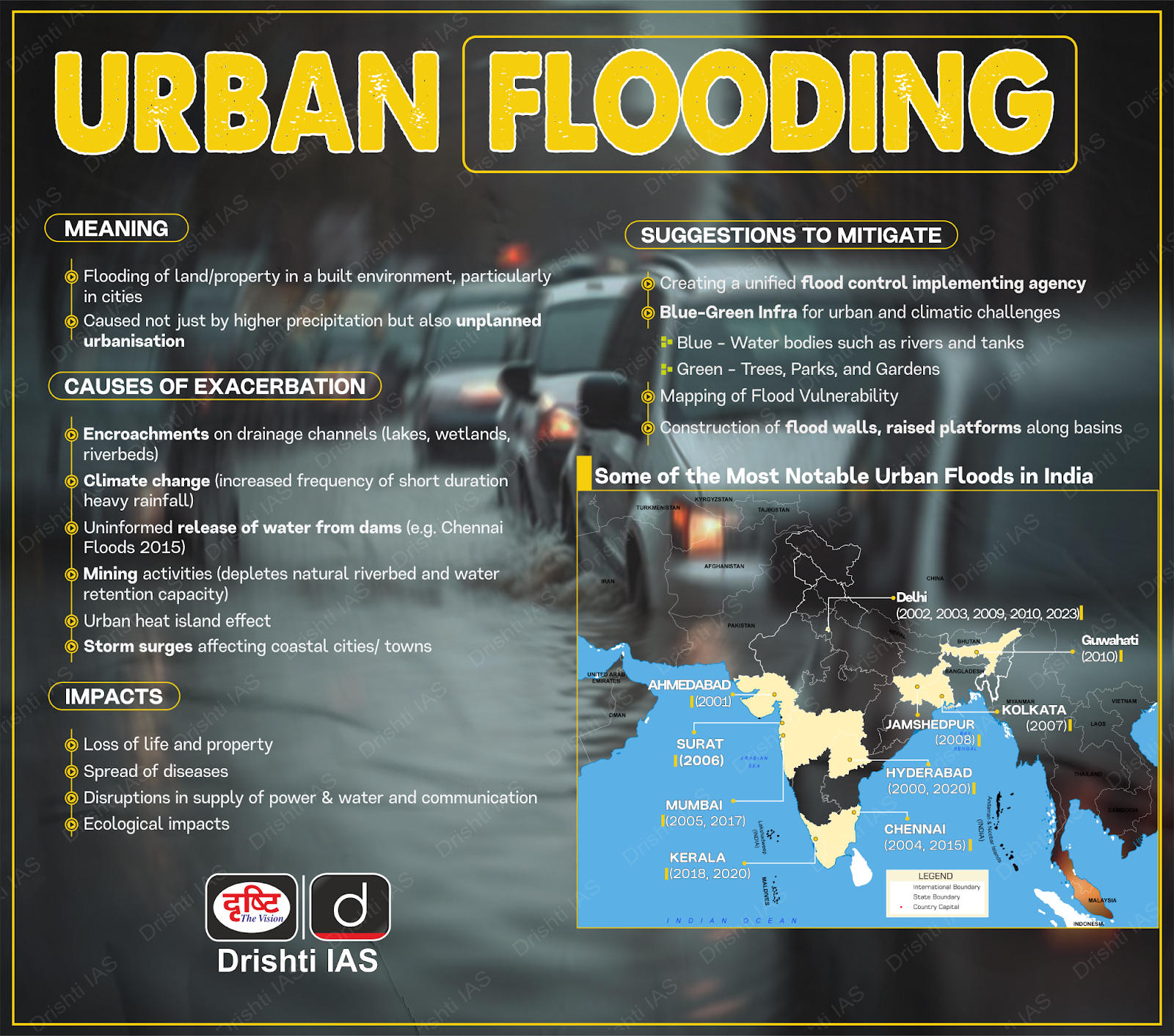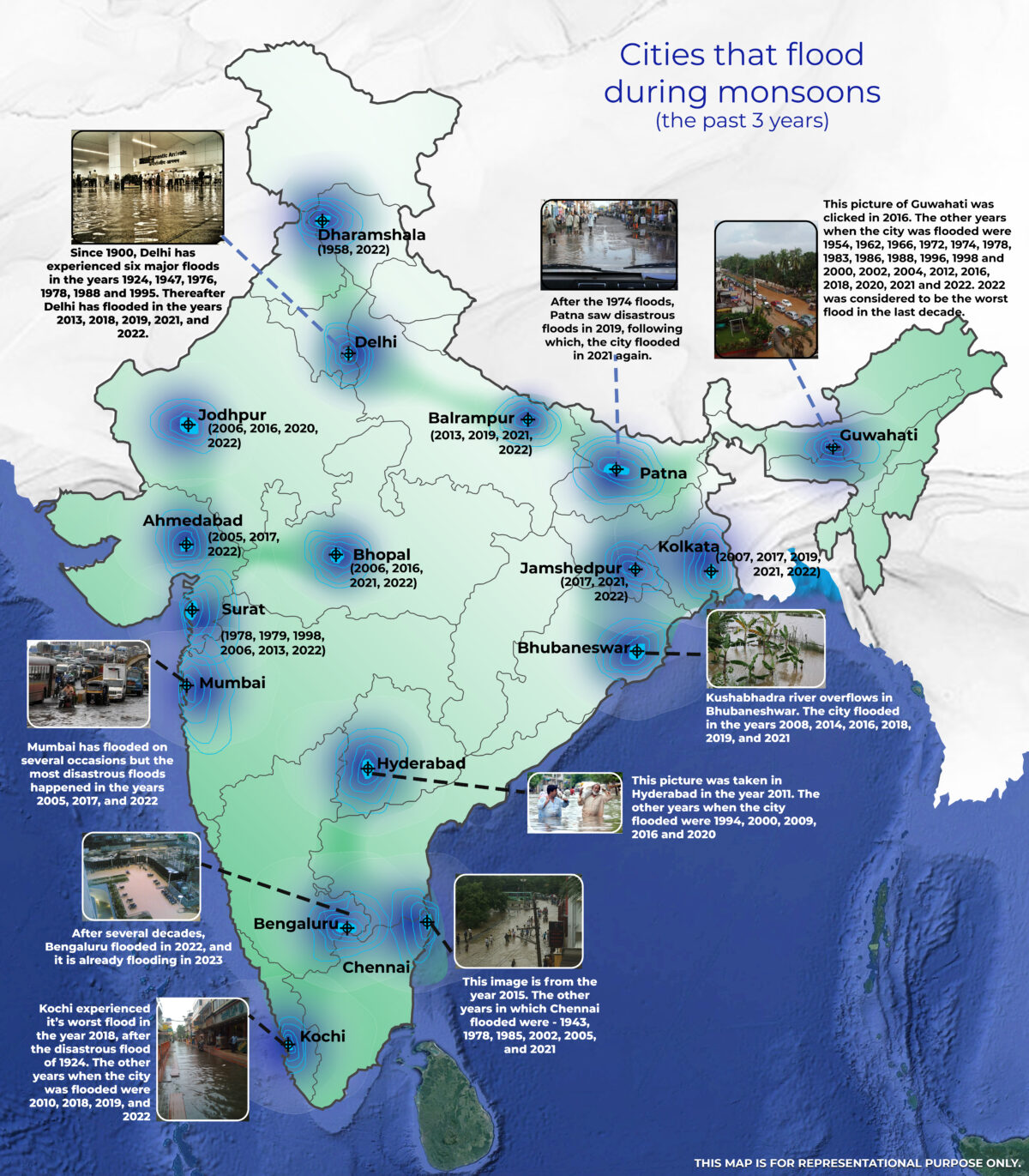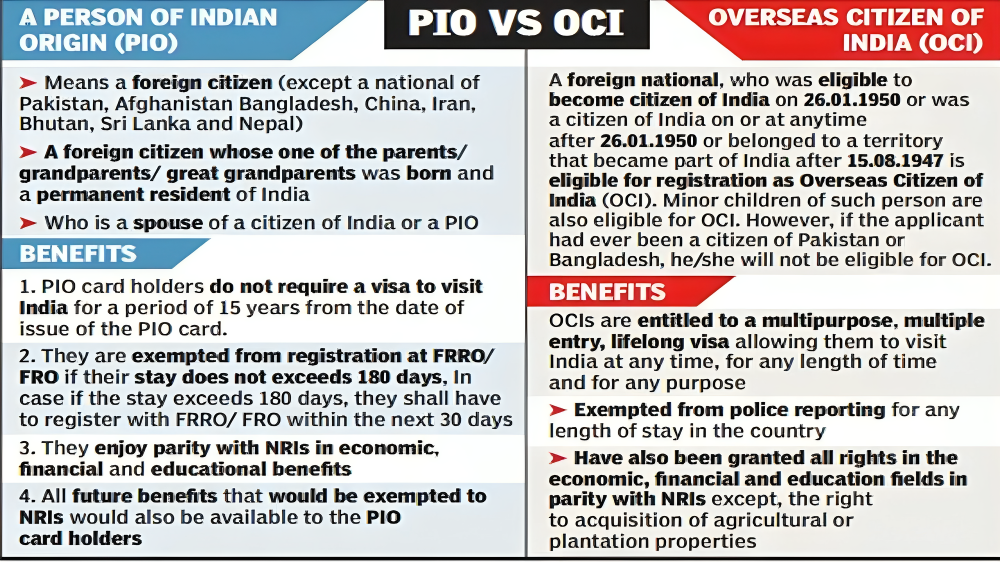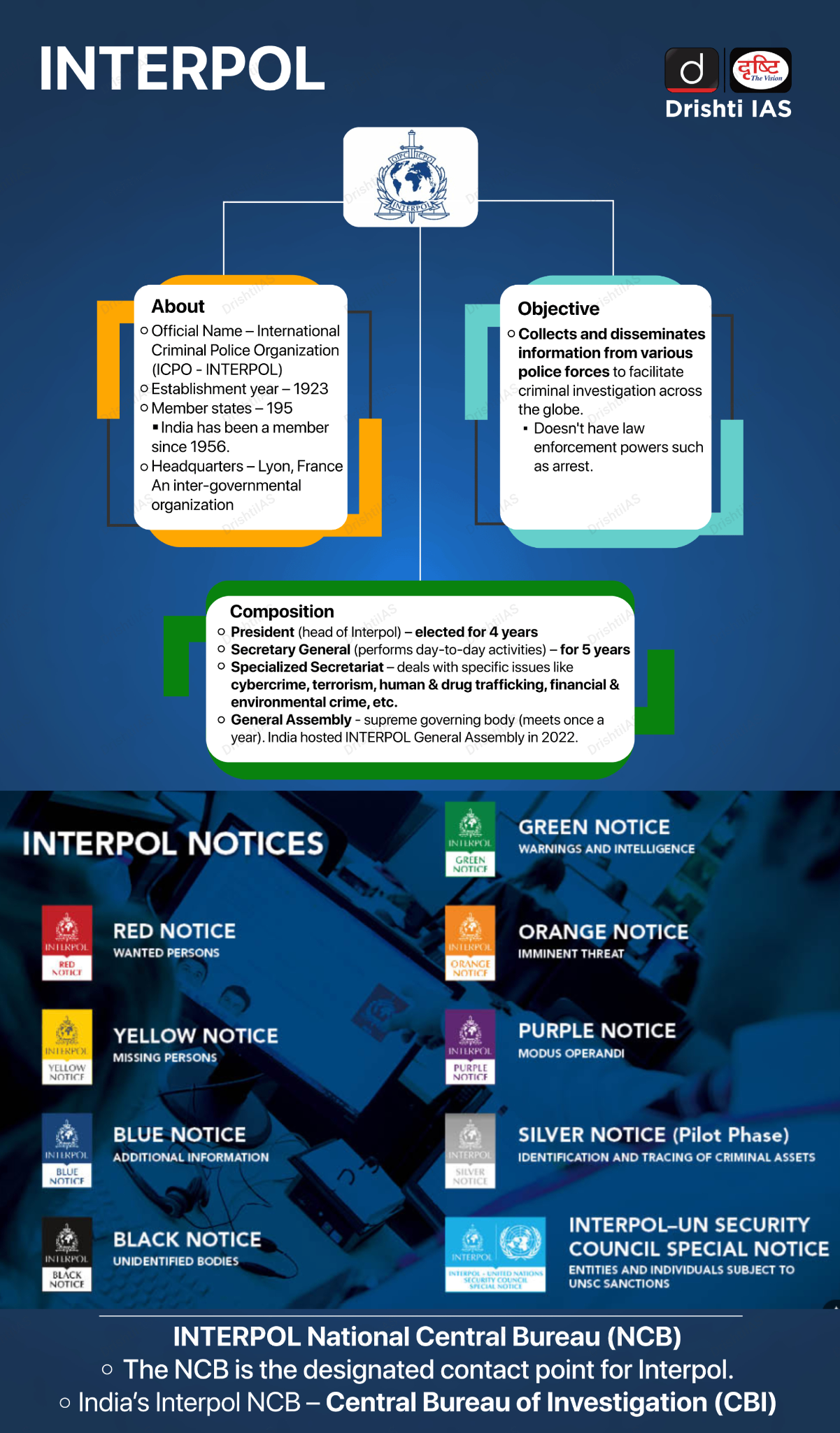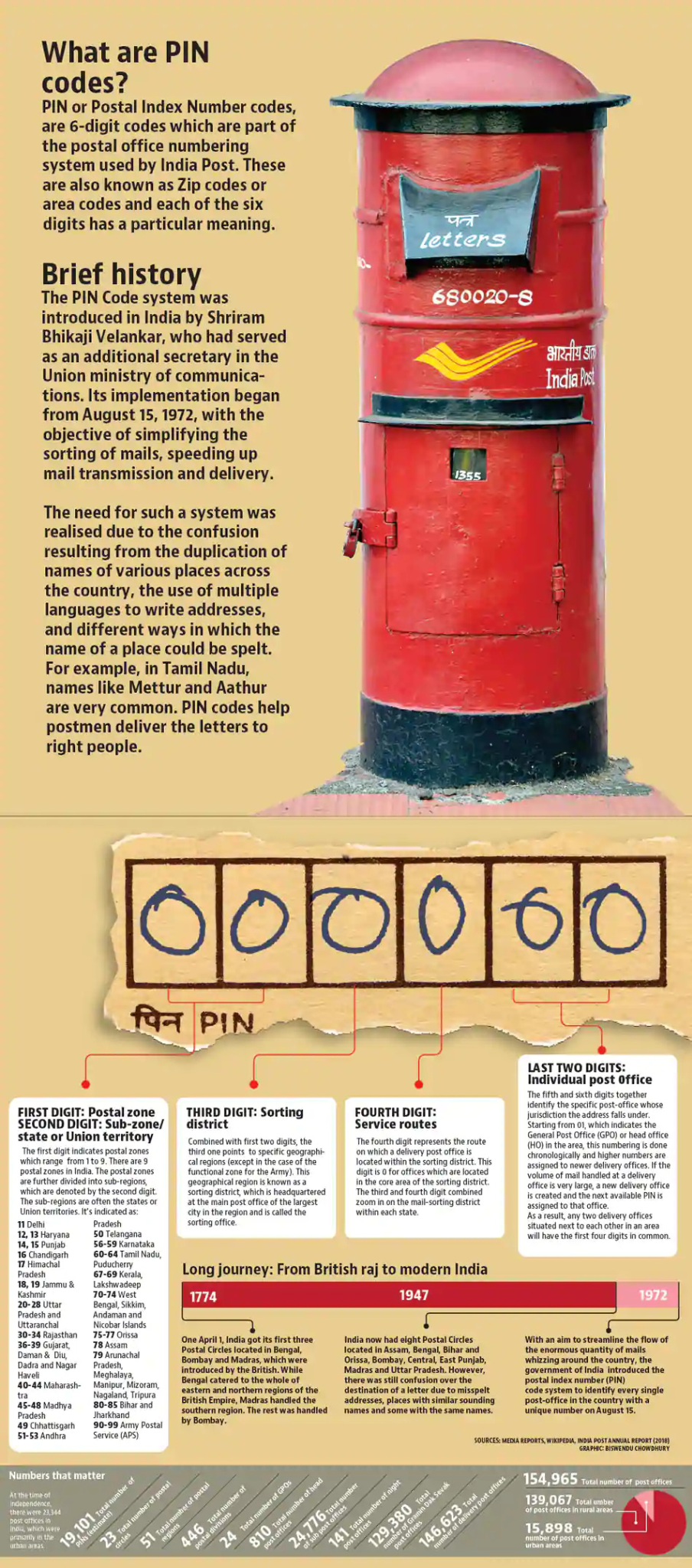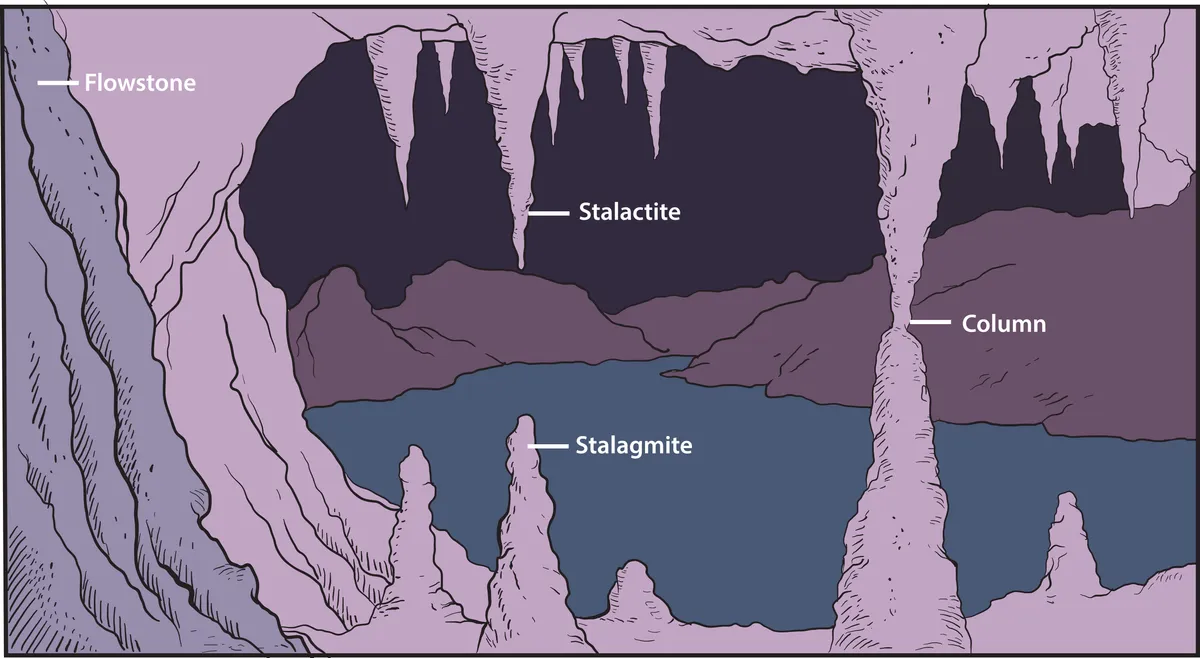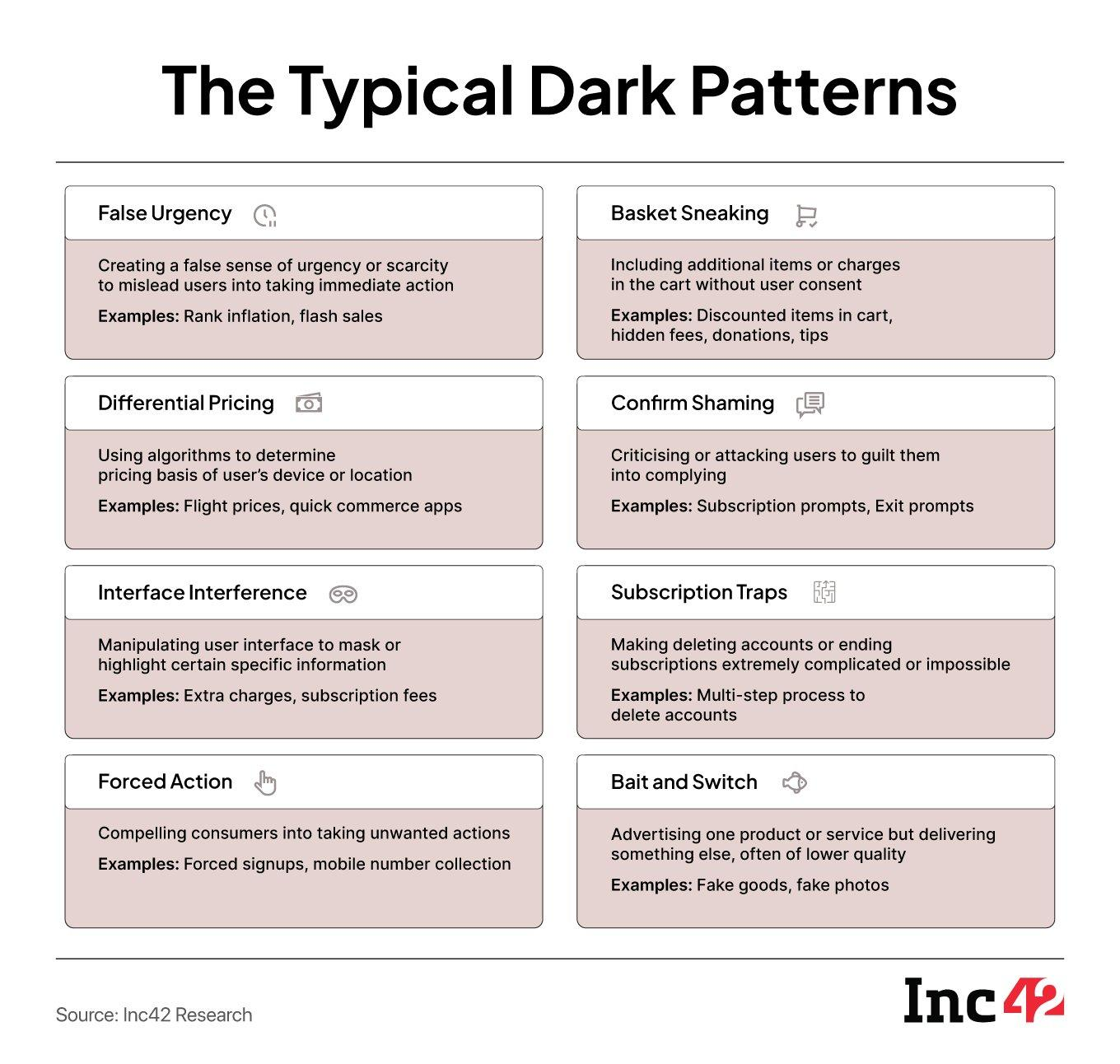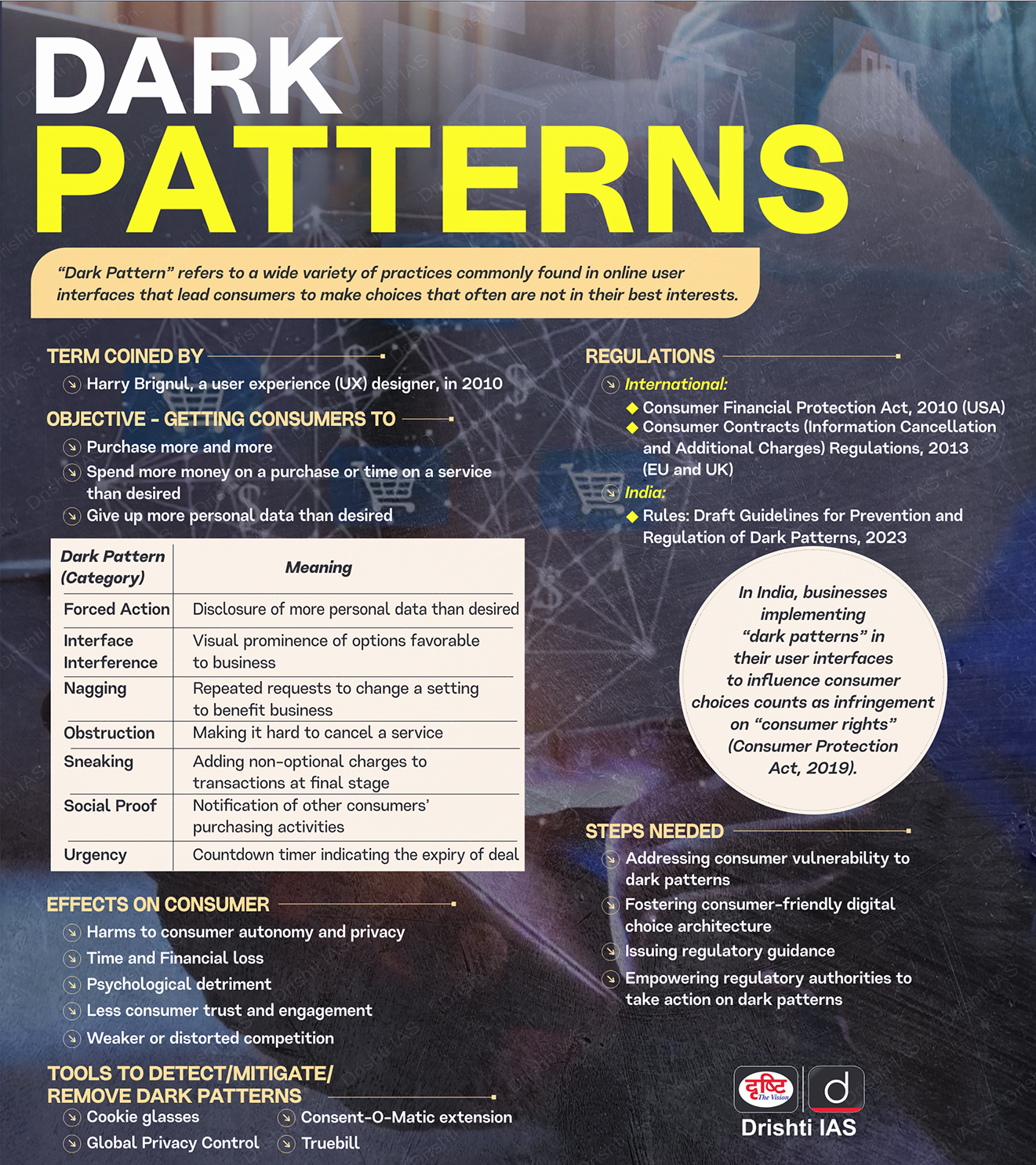Disaster Management
Urban Flooding in India
For Prelims: Urban flooding, Extreme weather events, Eco-sensitive zones, Climate change, Indian Meteorological Department, Flood Management in India
For Mains: Reasons for Increased Urban Flooding in India, Major Impacts of Urban Flooding.
Why in News?
Bengaluru experienced intense pre-monsoon rains leading to severe waterlogging, lake overflows, and significant damage to life and property. With the early onset of the monsoon this year, the risk of urban flooding in the city is expected to escalate further.
What is Urban Flooding?
- Urban flooding refers to the inundation of land or property in densely populated areas due to heavy rainfall, overflowing rivers, poor drainage systems, or other water-related incidents.
- It leads to waterlogging, disrupting transportation, damaging infrastructure, and posing health hazards to urban populations.
- Examples: Bengaluru floods (2024), Delhi Floods (2023), Mumbai floods (2020), Chennai floods (2015).
What are the Key Reasons for Urban Flooding in India?
- Natural Causes:
- Heavy Monsoon Rainfall: The Indian subcontinent experiences intense monsoon precipitation from Southwest Monsoon, especially in the Western Ghats and northeastern regions. Cities like Mumbai often receive heavy downpours in short durations, overwhelming drainage systems.
- Eg: The 2015 Chennai floods were triggered by record-breaking monsoon rains linked to cyclonic circulation over the Bay of Bengal.
- Topography: Many Indian cities are located in floodplains or low-lying coastal zones (e.g., Mumbai on the Konkan coast, Kolkata in the Ganga-Brahmaputra delta). These areas naturally accumulate runoff due to flat terrain and slow drainage, exacerbated by high tidal influence in coastal cities.
- Also, cities like Bengaluru, at an elevation of about 900 metres, lack major rivers to naturally channel excess water.
- Climate Change & Extreme Weather Events: Climate change has led to more frequent and intense rainfall, triggering flash floods.
- For example, the 2023 Delhi floods resulted from record rainfall causing the Yamuna River to overflow into urban areas.
- Heavy Monsoon Rainfall: The Indian subcontinent experiences intense monsoon precipitation from Southwest Monsoon, especially in the Western Ghats and northeastern regions. Cities like Mumbai often receive heavy downpours in short durations, overwhelming drainage systems.
- Anthropogenic Causes:
- Rapid Urbanization & Poor Planning: Unplanned urban growth has led to the concretization of natural drainage channels and encroachment on wetlands and floodplains.
- For instance, Bengaluru once had over 1,000 lakes, but around 80% have been lost or degraded due to encroachment and construction, reducing natural water retention and increasing runoff.
- Inadequate Drainage Infrastructure: Many Indian cities depend on outdated, undersized drainage systems that cannot manage intense rainfall.
- For instance, Mumbai’s British-era drainage, designed for 25 mm/hr, is frequently overwhelmed during heavy monsoons, as seen in the 2023 floods.
- Solid Waste Mismanagement: Unregulated dumping of solid waste blocks drains, nullahs, and stormwater systems, aggravating urban flooding.
- For instance, in Himachal Pradesh in 2023, plastic waste clogged both natural and artificial waterways, worsening the flood impact.
- Also, 2015 Chennai floods were worsened due to silt and waste blocking estuary canals, along with unchecked urban development that blocked natural water flow.
- Deforestation: Deforestation and improper land use caused by shifting cultivation (Jhum) and grazing in hill tracts increase surface runoff and silt buildup, leading to urban flooding downstream.
- For example, Assam’s Guwahati faces recurring floods due to such deforestation.
- Rapid Urbanization & Poor Planning: Unplanned urban growth has led to the concretization of natural drainage channels and encroachment on wetlands and floodplains.
What are the Major Impacts of Urban Flooding?
- Economic Loss and Infrastructure Damage: Urban flooding causes severe damage to critical infrastructure like roads, bridges, power, and water systems, leading to huge repair costs and economic disruption.
- Eg: 2015 Chennai floods resulted in damages exceeding Rs 15,000 crore, severely impacting transport and power supply.
- Public Health Crisis: Urban flooding leads to public health crises by creating stagnant water that breeds mosquitoes, increasing diseases like malaria and dengue. Contaminated drinking water also causes outbreaks of cholera, typhoid, and hepatitis.
- Eg: 2020 Kerala floods saw a rise in leptospirosis and other waterborne diseases.
- Displacement and Social Vulnerability: Urban flooding disproportionately impacts vulnerable groups, especially residents of informal settlements and low-lying areas. Thousands are displaced, losing homes and access to basic services, worsening poverty and inequality.
- The 2022 Mumbai floods led to slum dwellers facing severe displacement and livelihood loss.
- Ecological Degradation and Water Pollution: Urban floods carry pollutants, sewage, and industrial waste into lakes and rivers, harming aquatic ecosystems and reducing biodiversity. This contamination, seen in Bengaluru’s lakes, disrupts groundwater recharge and natural flood control.
- Also, rapid runoff causes soil erosion and damages green spaces, worsening urban water scarcity.
- Overburdened Infrastructure: Recurring urban floods expose failures in drainage, waste management, and city planning. Blocked drains, inadequate stormwater systems, and encroachment on water bodies worsen flooding.
- Mumbai’s outdated drainage, seen during the 2023 floods, often collapses, causing severe waterlogging and costly emergency responses.
What Measures Can be Adopted to Enhance Resilience Against Urban Floods?
- Integrated Watershed Management: Comprehensive management of entire river basins helps control flooding at the source by considering upstream and downstream impacts.
- For example, the Netherlands’ "Room for the River" project, which creates designated spaces for rivers to safely overflow, can be adapted to Indian urban contexts to reduce flood hazards.
- Promote Sustainable Urban Drainage Systems (SUDS): Integrate permeable pavements, rain gardens, bio-swales, and detention basins to manage runoff at source and reduce pressure on drainage. This mimics natural hydrological processes and enhances infiltration.
- Adopt the Sponge City Concept: The Sponge City approach involves designing urban landscapes that absorb, store, and purify rainwater through natural and engineered solutions, reducing runoff and flood peaks.
- Shanghai, China has adopted green roofs, permeable surfaces, and green spaces under this model.
- Similarly, Mumbai's is also adopting this model to enhance flood resilience and groundwater recharge.
- Restoration of Water Bodies: Reviving urban lakes, wetlands, and natural water retention zones enhances flood absorption capacity.
- Bengaluru’s Jakkur Lake restoration showcases effective flood mitigation through eco-restoration.
- Community Engagement & Early Warning Systems: Active involvement of local communities in flood preparedness and response strengthens resilience.
- Establishing robust early warning systems, similar to Ahmedabad’s heat action plan which includes community outreach, can be adapted to improve urban flood management.
- Singapore's Smart Water Assessment Network (SWAN) uses remote sensors to track water levels in real time, issuing alerts via SMS to ensure quick public response and flood preparedness. India can learn from the same.
Conclusion
Urban flooding in India, driven by unplanned urban growth and climate change, poses a serious threat to life, property, and infrastructure. A resilient approach demands integration of sponge city principles, smart stormwater management, restoration of wetlands, and climate-responsive urban planning. Active community engagement and institutional coordination are essential for long-term flood mitigation and sustainable urban development.
|
Drishti Mains Question: Discuss the key factors contributing to urban flooding and suggest measures for effective flood management. |
UPSC Civil Services Examination, Previous Years Questions (PYQs)
Mains:
Q. The interlinking of rivers can provide viable solutions to the multi-dimensional inter-related problems of droughts, floods, and interrupted navigation. Critically examine. (2020)
Q. Account for the huge flooding of million cities in India including the smart ones like Hyderabad and Pune. Suggest lasting remedial measures. (2020)


Science & Technology
AI-Powered Autonomous Satellites
For Prelims: Artificial Intelligence, Geostationary Equatorial Orbit, Chandrayaan-3, Kessler Syndrome, Outer Space Treaty
For Mains: Challenges and opportunities of emerging space technologies, Technological advancements in satellite systems
Why in News?
The rise of Artificial Intelligence (AI)-powered autonomous satellites has exposed significant gaps in global space governance. As satellites gain the ability to think and act independently, questions around legal liability, ethical governance, and geopolitical risks have taken centre stage.
What is an AI-Autonomous Satellite?
- About: AI-autonomous satellites refer to spacecraft that leverage AI to operate with minimal or no human intervention.
- These satellites use advanced algorithms, often based on machine learning and deep learning techniques to analyze data, make decisions, and execute tasks independently in real time.
- Key Features:
- Data Processing Onboard: AI enables satellites to analyze data in space, filter out irrelevant details, and send only key insights to Earth, saving bandwidth and reducing delays.
- Space-based data centers could harness solar power and release heat directly into space, reducing energy consumption. This approach could dramatically cut carbon emissions compared to terrestrial data centers.
- Swarm Intelligence: In constellations or clusters, satellites can share data and learn collectively (also called "hive learning"). This allows for collaborative behavior and improved performance across the network.
- Automated operations: They continuously monitor their own condition, identify faults, and perform repairs independently.
- Strategic Defence: The next-gen AI satellite fleet will create a multi-layered surveillance system across GEO (Geostationary Equatorial Orbit), and LEO (Low Earth Orbit).
- e.g., a GEO satellite detecting something can task a LEO satellite for closer inspection, enabling real-time monitoring and coordinated responses vital for science and defense.
- Self-diagnosis: Detect internal malfunctions and attempt in-orbit fixes.
- Collision Avoidance: With increasing space traffic and debris, autonomous satellites can use AI to predict potential collisions and perform evasive maneuvers without awaiting instructions from ground control.
- Combat Support: Satellites provide real-time threat detection with autonomous target tracking and engagement. They can adapt operations based on situational needs, such as retargeting sensors after disasters or adjusting orbit due to environmental conditions.
- Data Processing Onboard: AI enables satellites to analyze data in space, filter out irrelevant details, and send only key insights to Earth, saving bandwidth and reducing delays.
- Advancements of AI in Space Exploration: India will launch 50 AI-powered satellites over the next five years. These satellites will boost space exploration and national security, marking a major step in integrating AI into space technology.
- Indian Space Research Organisation (ISRO) landmark use of AI was seen in Chandrayaan-3, the Pragyaan Rover, without an orbiter, used AI to communicate with the Vikram Lander, aiding in safe landing, navigation, and resource detection.
- China launched 12 satellites as part of building its Three-Body Computing Constellation, which aims to create the world’s first space-based supercomputer. Equipped with AI, these satellites process data in orbit and test advanced technologies.
Note: TakeMe2Space, a Hyderabad-based space technology firm, will launch My Orbital Infrastructure - Technology Demonstrator (MOI-TD), India’s first AI lab in space. The mission will demonstrate real-time data processing in orbit, making space research more affordable and accessible.
What are the Emerging Risks of AI-Autonomous Satellites?
- Fault Attribution and Legal Ambiguity: If an autonomous satellite miscalculates and causes a near-collision or actual damage, it's unclear who is legally liable the AI developer, launching state, operating entity, or owner nation.
- This creates multi-jurisdictional entanglements where no single entity is clearly accountable for AI decisions.
- AI Hallucinations and Misjudgments: AI systems can misclassify threats, such as mistaking a commercial satellite for a hostile object or identifying a harmless item as a collision hazard, which could lead to unintended confrontations in space.
- This can lead to unintended manoeuvres or defensive actions that escalate into diplomatic or military conflicts.
- Dual-Use and Weaponisation Risks: AI technologies carry dual-use risks, as autonomous satellites designed for civilian purposes could be repurposed for real-time surveillance, targeting, or even offensive operations in space, aiding military operations and potentially escalating an arms race in orbit.
- Collision Risk and Orbital Debris Thousands of autonomous satellites are expected in LEO by 2030. Without coordinated collision-avoidance protocols, autonomous decisions by multiple satellites could lead to space traffic congestion, accidents, or a cascade of debris (Kessler Syndrome).
- Lack of Human Oversight: Current treaties demand “authorization and continuing supervision” of space activities by states.
- True autonomy, however, limits the scope for meaningful human control, raising concerns about automated decision-making without accountability.
- Gaps in Certification and Standards: Unlike aviation or maritime sectors, space lacks global certification frameworks for testing and verifying the safety and reliability of AI in satellites.
- There are no current international standards for AI performance in hostile or anomalous space conditions.
- Ethical Dilemmas: AI satellites could support lethal autonomous weapons systems (LAWS). This raises ethical concerns over the delegation of life-and-death decisions to machines, especially if deployed in or from space, which remains legally and morally contentious.
- Autonomous AI warfare systems lack a moral compass and make decisions without considering long-term diplomatic consequences. When violations of international laws or human rights occur, assigning responsibility becomes complex.
- Legal Gaps: Current space laws such as the Outer Space Treaty (1967) and the Liability Convention (1972) assume human control and state responsibility but lack clear provisions for AI-driven autonomous satellites.
- Article VI of the OST holds states responsible for national space activities but does not clearly address responsibility for autonomous actions.
Outer Space Treaty and Liability Convention
- Outer Space Treaty (1967): It is based on the 1963 UN Declaration, and is the foundation of space law. It bans nuclear and weapons of mass destruction in space and ensures space is used for peaceful purposes by all nations. India has ratified the Outer Space Treaty.
- Liability Convention (1972): Building on Article 7 of the OST, Liability Convention makes launching states absolutely liable for damage their space objects cause on Earth and liable for fault-based damage in space. India has ratified the Liability Convention.
What Should be the Roadmap for Governing AI-Powered Satellites?
- AI Certification and Testing: Global standards, inspired by aviation and autonomous vehicles, should certify AI autonomy in satellites.
- Organizations like the International Standards Organization (ISO) and the United Nations Committee on the Peaceful Uses of Outer Space (COPUOS) can lead rigorous testing for sensor errors and mandate real-time decision logging to help prevent AI “hallucinations” and unintended actions.
- Liability and Insurance Frameworks: AI satellite failures can cause multi-party harm across borders, complicating fault attribution and compensation.
- Inspired by maritime conventions on hazardous cargo liability (1996 HNS Convention) and international air carriage rules (1999 Montreal Protocol), space governance should adopt pooled insurance schemes.
- This would ensure streamlined compensation while preventing protracted legal battles.
- Updating International Space Law: Foundational treaties assume human oversight, but AI autonomy blurs liability lines. Defining AI satellites and clarifying liability will require amendments or new protocols under COPUOS.
Conclusion
Space is no longer just a physical frontier but a digitally governed domain, autonomous satellites demand modern legal frameworks. Without proactive governance, autonomy in space could introduce instability, rather than innovation.
|
Drishti Mains Question: Examine the risks associated with autonomous AI satellites. What governance mechanisms can be adopted to mitigate these risks? |
UPSC Civil Services Examination, Previous Year Question (PYQ)
Mains
Q. What is India’s plan to have its own space station and how will it benefit our space programme? (2019)


Important Facts For Prelims
Overseas Citizenship of India Scheme
Why in News?
The Indian government has cancelled the Overseas Citizen of India (OCI) registration of a British academic, citing her involvement in anti-India activities through her writings, speeches, and journalistic work at international forums.
What is the Overseas Citizenship of India Scheme?
About
- The OCI scheme was introduced through an amendment to the Citizenship Act, 1955 in the year 2005, that allows foreign citizens of Indian origin to live, work, and travel freely in India without dual citizenship.
- In 2015, the Persons of Indian Origin (PIOs) and OCI categories were merged to streamline documentation and benefits.
- As of 31st January, 2022, 40.68 lakh OCI cards had been issued.
Eligibility
- Eligibility: Foreign nationals (except Pakistan and Bangladesh) who:
- Were citizens of India on or after 26th January, 1950.
- Were eligible to become Indian citizens on 26th January, 1950.
- Belonging to a territory that became part of India after 15th August, 1947.
- Are children, grandchildren, or great-grandchildren of such persons
- Minor children of such individuals or those with one Indian parent.
- Spousal Eligibility: A foreign-origin spouse of an Indian citizen or an existing OCI cardholder is eligible if the marriage has been registered and has subsisted for at least two years preceding the application.
- Ineligible Categories: Individuals who are currently serving or retired from foreign military services are not entitled to receive OCI status.
Benefits
- Visa Privileges: Entitled to a multiple-entry, multi-purpose lifelong visa for visiting India without the need for repeated applications.
- Parity with NRIs: Enjoys parity with Non-Resident Indians (NRIs) in various financial, economic, and educational fields, but cannot acquire agricultural/plantation land in India or adopt Indian children internationally.
- Pathway to Citizenship: Eligible for Indian citizenship under Section 5(1)(g) of the Citizenship Act, 1955 after 5 years as an OCI cardholder, with at least 1 year of residence in India during the last 5 years.
- Pension Scheme Access: Eligible to join the National Pension System (NPS) on equal terms with NRIs for long-term retirement planning.
Limitations and Restrictions of OCI Cardholders
- No Dual Citizenship: OCI should not be interpreted as dual citizenship, as India does not permit dual nationality under its legal framework.
- Political Rights: OCI cardholders are not entitled to voting rights in Indian elections.
- OCI holders are barred from holding constitutional posts such as President (Art. 58), Vice-President (Art. 66), Supreme Court Judge (Art. 124), and High Court Judge (Art. 217).
- Legislative Ineligibility: OCIs are not eligible to become members of the Lok Sabha, Rajya Sabha, or State Legislatures.
- Public Employment Restrictions: Under Article 16 (equality of opportunity in public employment), OCI cardholders cannot hold regular government jobs, except where specifically permitted by the Central Government via special notifications.
- Activity-Based Restrictions: Special permission is mandatory for research, mountaineering, missionary/journalistic work, and travel to Protected or Restricted Areas.
Cancellations
- Cancellations are governed by Section 7D of the Citizenship Act, 1955.
- Grounds for cancellation include fraud or misrepresentation in application, anti-India acts, and violations of conditions under the Citizenship Act, 1955.
Person of Indian Origin (PIO)
- A Person of Indian Origin (PIO) is a foreign citizen (excluding nationals of Pakistan, Afghanistan, Bangladesh, China, Iran, Bhutan, Sri Lanka, and Nepal) who:
- once held an Indian passport
- has ancestry (parents/grandparents/great-grandparents) born and permanently residing in India as defined in Government of India Act, 1935 and other territories that became part of India thereafter or,
- is a spouse of an Indian citizen or PIO.
UPSC Civil Services Examination, Previous Year Question (PYQ)
Prelims
Q. With reference to India, consider the following statements: (2021)
- There is only one citizenship and one domicile.
- A citizen by birth only can become the Head of State.
- A foreigner once granted citizenship cannot be deprived of it under any circumstances.
Which of the statements given above is/are correct?
(a) 1 only
(b) 2 only
(c) 1 and 3
(d) 2 and 3
Ans: (a)


Important Facts For Prelims
WMO Global Annual to Decadal Climate Update 2025-2029
Why in News?
The World Meteorological Organization (WMO) has released a report titled “WMO Global Annual to Decadal Climate Update (2025–2029)”, warning that the Earth’s average temperature is likely to exceed 1.5°C above pre-industrial levels during this period.
What are the Key Takeaways from WMO Global Annual to Decadal Climate Update?
- Global Temperature Trends: WMO projects that the annual global average temperature between 2025 and 2029 will range from 1.2°C to 1.9°C above the 1850–1900 pre-industrial average.
- There is a 70% chance that the average temperature for this five-year period will exceed the critical 1.5°C threshold.
- Additionally, there is an 86% chance that at least one year within this timeframe will temporarily surpass the 1.5°C limit, and an 80% chance that one of these years will be hotter than 2024, which is currently the warmest year on record.
- Regional Climate Projections:
- South Asia: Expected to remain wetter than average.
- Amazon: Likely to experience drier-than-average conditions.
- Arctic: Expected to warm 2.4°C above normal, 3.5 times the global average.
- Paris Agreement Threshold: 2024 was the first full year to record temperatures above 1.5°C.
- The 1.5°C threshold is a temporary breach, but a long-term (20–30 years) exceedance would mean failure of the Paris Agreement.
- Urgency for Policy Action: Despite the urgency, 180 of 195 United Nations Framework Convention on Climate Change (UNFCCC) countries have not yet submitted their updated Nationally Determined Contributions (NDCs) for 2031–2035.
- These plans are critical to staying within the 1.5°C limit set in the Paris Agreement.
- WMO stresses the importance of continued climate monitoring to inform decision-making and boost adaptation efforts.
World Meteorological Organization
- The WMO is an intergovernmental body comprising 192 Member States and Territories, including India.
- It evolved from the International Meteorological Organization (IMO), founded following the 1873 Vienna International Meteorological Congress.
- In 1950, the IMO formally became the World Meteorological Organization (WMO) through the ratification of the WMO Convention.
- It serves as the United Nations’ specialized agency for meteorology (weather and climate), operational hydrology, and related geophysical sciences.
- The Secretariat, based in Geneva, Switzerland and led by the Secretary-General, is overseen by the World Meteorological Congress.
- WMO publishes reports such as the State of the Global Climate, the State of Global Water Resources, and the State of Climate Services.
What are Key International Conventions/Protocols Aimed at Limiting Global Warming?
|
Conventions/Protocols |
Objective |
|
Kyoto Protocol (1997) |
It aimed to reduce the emission of gases that contribute to global warming. |
|
Paris Agreement (2015) |
Limit global temperature rise to well below 2°C above pre-industrial levels, and pursue efforts to limit the increase to 1.5°C. |
|
Glasgow Climate Pact (COP26) (2021) |
Secure global net-zero emissions by mid-century and keep warming within 1.5°C within reach. |
|
Sharm El-Sheikh Plan (COP27) (2022) |
Focus on implementation and climate justice; established the Loss and Damage Fund, emphasized adaptation, and reinforced the 1.5°C goal. |
|
Global Stocktake (COP28) (2023) |
Reaffirmed the 1.5°C target; governments agreed to raise their 2025 climate commitments to align with this goal, covering all sectors and greenhouse gases. |
| Read more: State of Global Climate Report 2024 |
UPSC Civil Services Examination, Previous Year Question (PYQ)
Q. With reference to ‘Global Climate Change Alliance’, which of the following statements is/are correct? (2017)
- It is an initiative of the European Union.
- It provides technical and financial support to targeted developing countries to integrate climate change into their development policies and budgets.
- It is coordinated by World Resources Institute (WRI) and World Business Council for Sustainable Development (WBCSD).
Select the correct answer using the code given below:
(a) 1 and 2 only
(b) 3 only
(c) 2 and 3 only
(d) 1, 2 and 3
Ans: (a)
Mains
Q.1 Describe the major outcomes of the 26th session of the Conference of the Parties (COP) to the United Nations Framework Convention on Climate Change (UNFCCC). What are the commitments made by India in this conference? (2021)
Q.2 ‘Climate Change’ is a global problem. How will India be affected by climate change? How Himalayan and coastal states of India will be affected by climate change? (2017)


Important Facts For Prelims
Veer Savarkar Jayanti
Why in News?
On 28th May, the Prime Minister paid tribute to Vinayak Damodar Savarkar (Veer Savarkar) on his birth anniversary.
Who was Vinayak Damodar Savarkar and What were his Major Contributions?
- Early Life:
- Born on 28th May, 1883, in Nashik, Maharashtra, VD Savarkar (also known as Swatantryaveer Savarkar) was a freedom fighter, politician, lawyer, writer, and social reformer.
- Related Organisations and Work:
- Founded Mitra Mela in 1899, later, it was renamed as the Abhinav Bharat Society in 1904.
- Established Free India Society in London in 1906 to foster revolutionary nationalism among Indian students abroad. Played a key role in the India House in London (founded by Shyamji Krishna Verma), a hub for revolutionary activities.
- Advocated guerrilla warfare, allegedly involved in making handmade bombs, and provided legal aid to Madan Lal Dhingra.
- Authored the influential book "Hindutva: Who is a Hindu?" (1923) and also wrote "The History of the First War of Indian Independence".
- Savarkar sometimes wrote using the pen-name "Mahratta" for some of his writings.
- Trial & Sentence:
- He was arrested in 1909 on charges of plotting armed revolt against the Morley-Minto reform (Indian Councils Act 1909), later extradited and sentenced to life imprisonment and deported to the Cellular Jail in the Andaman and Nicobar Islands (also known as Kala Pani).
- He was later interned at Ratnagiri until 1937.
- He attempted to escape while being transported via Marseilles but was recaptured by British authorities.
- He was arrested in 1909 on charges of plotting armed revolt against the Morley-Minto reform (Indian Councils Act 1909), later extradited and sentenced to life imprisonment and deported to the Cellular Jail in the Andaman and Nicobar Islands (also known as Kala Pani).
- Political Career and Ideology:
- After his release, Savarkar served as President of the Hindu Mahasabha (1937–1943) and opposed the Quit India Movement (1942), considering it impractical.
- He engaged in discussions on the Cripps Mission and Wavell Plan, promoting national unity.
- Influenced by Tilak, Lajpat Rai, and Bipin Chandra Pal, Savarkar envisioned a unified nation with equal rights for all, rooted in loyalty to India.
- A strong advocate of civil liberties and social reform, he fought against casteism, promoted inter-caste marriages, Dalit temple entry (e.g., Patit-Pavan Mandir), sea-crossing, and reconversion to Hinduism.
- Death & Legacy:
- In 1964, feeling that his mission was complete after India’s independence, Savarkar began a hunger strike on 1st February and died on 26th February 1966.
- In recognition of his contributions, Port Blair Airport in the Andaman and Nicobar Islands was renamed Veer Savarkar International Airport in 2002.
| Read More: Veer Savarkar Jayanti |


Rapid Fire
INTERPOL Silver Notice
India has successfully leveraged INTERPOL's newly introduced Silver Notice system to trace assets and seek international cooperation in tracking down economic fugitives.
- INTERPOL Silver Notice: Launched in 2025, it helps trace and recover criminal assets, combat transnational organized crime, and enhance international police cooperation.
- It is currently in a pilot phase involving 51 countries, which will run until November 2025. During this period, each country can request up to nine Silver Notices.
- In India, the Central Bureau of Investigation (CBI) acts as India’s nodal agency for Interpol-related matters. It coordinates requests from all Indian law enforcement agencies seeking Interpol’s international assistance.
- BHARATPOL, developed by the CBI, gives both central and state agencies real-time access to INTERPOL data. It streamlines cooperation against transnational crimes like cybercrime and trafficking, and simplifies Red Notice processing.
- Interpol’s Colour-coded Notices System: INTERPOL notices are requests for cooperation or alerts shared among police in 196 member countries.
- Interpol issues nine colour-coded notices for various purposes; it is issued by INTERPOL’s General Secretariat on request from a country’s National Central Bureau (NCB).
- It can also be issued at the request of International Criminal Tribunals and the International Criminal Court to seek persons wanted for committing crimes within their jurisdiction, notably genocide, war crimes, and crimes against humanity.
- They may also be issued on behalf of the UN Security Council to enforce its sanctions.
| Read more: Notices of Interpol |


Rapid Fire
DoP Launched New Digital Platforms
The Department of Posts (DoP) launched two digital platforms-‘Know Your DIGIPIN’ and ‘Know Your PIN Code’, marking a significant stride in India’s efforts to modernise its address system and geospatial governance under the framework of the National Geospatial Policy 2022.
- Know Your DIGIPIN:
- DIGIPIN (Digital Postal Index Number) is an open-source, geo-coded, grid-based digital addressing system developed to enable precise location identification using latitude and longitude coordinates.
- DIGIPIN links addresses to exact latitude-longitude coordinates, enabling high-resolution geospatial identification.
- It facilitates Address-as-a-Service (AaaS) by providing secure, standardised digital address solutions.
- Incorporates Geographic Information System (GIS) tools to enhance logistics, emergency response, and digital governance.
- It enables digital address access in remote and underserved regions.
- Know Your PIN Code:
- Digitally defines boundaries of over 1.5 lakh PIN Codes by geo-fencing of PIN zones to improve location accuracy.
- Enables users to find the correct PIN Code using real-time GNSS (Global Navigation Satellite System) location data.
- Includes a public feedback system for continuous improvement of the PIN Code database.
- Enhances delivery networks, emergency services, and postal logistics, especially for e-commerce and rural areas.
| Read More: National Geospatial Policy 2022, Digital Public Infrastructure. |


Rapid Fire
Cave-Dwelling Fish Discovered in Meghalaya
A new species of cave-adapted fish, Schistura densiclava, has been discovered in Krem Mawjymbuin cave in Meghalaya (East Khasi Hills).
- About: Schistura densiclava is a troglophile species, meaning it can live in both underground (subterranean) and aboveground (epigean) habitats.
- It belongs to the Nemacheilidae family, and is the 6th cave fish species recorded from Meghalaya.
- Habitat: It is found 60 meters inside Krem Mawjymbuin cave, in a cool, fast-flowing stream (18°C, low oxygen).
- The species' presence is restricted to the cave, indicating it is endemic to this cave system.
- Adaptation: Unlike fully blind cavefish, it retains pigmentation and eyesight.
- Morphology: It has a pale yellow-green body with 14–20 grey-black bars, a thick dorsal stripe (densiclava), and shows sexual dimorphism with slimmer males and sturdier females.
- Krem Mawjymbuin (limestone cave) is carved out of calcareous sandstone and adorned with elegant stalactites and stalagmites formed by mineral-rich calcium carbonate.
- Inside the cave lies Symper Rock, a striking dome-shaped structure characterized by its unusually flat summit.
| Read More: Meghalayan Age |


Rapid Fire
Dark Patterns
The Department of Consumer Affairs has issued notices to various e-commerce platforms for using deceptive “dark patterns” to manipulate consumer behavior unfairly, terming it as unfair trade practices.
Dark Patterns
- About: Dark Patterns are manipulative design techniques used in user interfaces (UI) and user experiences (UX) on websites, apps, or digital platforms, which are deliberately crafted to deceive, mislead, or pressure consumers into actions they may not have intended to take.
- The term "dark patterns" was introduced in 2010 by user experience expert Harry Brignull.
- It exploits user behavior to serve business interests, undermining consumer autonomy, transparency and fair trade principles.
- Related Government Measures: The Central Consumer Protection Authority (CCPA), under the Consumer Protection Act, 2019, issued guidelines in 2023 to curb dark patterns.
- Apps like Jago Grahak Jago and the Jagriti Dashboard were launched to enable the CCPA to take suo motu action against such unfair trade practices.
| Read More: Dark Patterns, Consumer Protection Act, 2019, |



